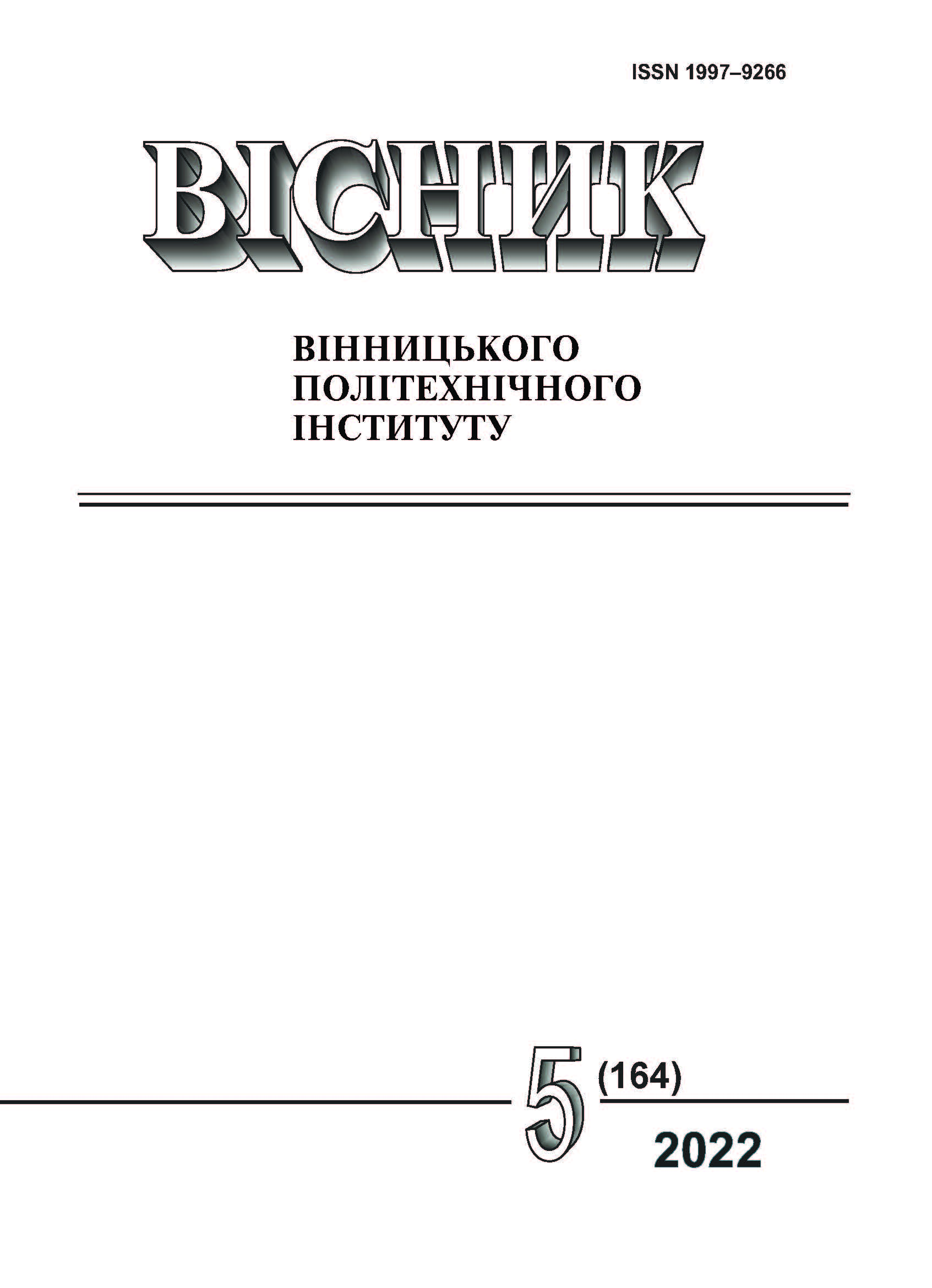Increasing the Energy Efficiency of Rotating Furnaces when Using Refreshments with Thermal Insulation
DOI:
https://doi.org/10.31649/1997-9266-2022-164-5-52-57Keywords:
rotary kiln, thermal resistance, lining, refractory, thermal insulationAbstract
Rotary heating units are used in many industries for the thermal treatment of bulk raw materials. However, today the utilization rate of fuel in rotary kilns is extremely low. So, for example, the bulk of the clinker is fired in kilns, the thermal efficiency of which does not exceed 55…60 %. In this case, heat losses through the housing to the environment reach 20…35 % of the total heat of combustion of the fuel. One of the main factors determining the thermal efficiency of work is the value of the thermal resistance of the lining. The absence of a strong heat-resistant material with significant heat-insulating properties determined the direction of work on creating a lining with increased thermal resistance by changing the configuration of the refractory and creating a cell for introducing additional heat-insulating material into it. This solution reduces heat loss to the environment and improves the energy efficiency of rotary kilns. In this paper, the thermal efficiency of the lining with different refractory configurations for an operating rotary kiln 4.5х80 m installed in the high-temperature zone of the kiln was studied. A technique, software, and numerical calculations have been developed to determine the temperature and heat flux in a lining with a heat-insulating element and justify the choice of refractory configuration. It has been determined that the installation of refractories with thermal insulation in the zone of maximum temperatures makes it possible to reduce the heat flux into the environment by 26…54 %, and in the furnace as a whole by up to 36 %.
A significant advantage of this solution is the fact that increasing the energy efficiency of the furnace does not require additional fuel consumption, temperature increase or increase in the enthalpy of combustion products. The results obtained can be used to design new and improve existing equipment, which will improve the energy efficiency of the furnace and significantly reduce heat loss through the casing to the environment.
References
М. Б. Генералов, В. П. Александров, и В. В. Алексеев, Энциклопедия машиностроения. Машины и аппараты химических и нефтехимических производств, т. IV-12. М., РФ: Машиностроение, 2004, 832 с.
A. Boateng, and Rotary Kilns, Transport Phenomena and Transport Processes, Elsevier Publication, Oxford, 2008.
K. E. Peray, The Rotary Cement Kiln, 2-nd Edition, Chemical Publishing Co Inc., New York, 1986.
В. Г. Лисиенко, Я. М. Щелоков, и М. Г. Ладыгичев, Вращающиеся печи: теплотехника, управление и экология, справочное изд., в 2-х кн. Книга 2, В. Г. Лисиенко, Ред. М., РФ: Теплотехник, 2004, 592 с.
Л. Н. Троценко, «Особенности конструкции и тепловой работы вращающихся печей и перспективные направления их усовершенствования,» Энерготехнологии и ресурсосбережение, № 4, с. 61-70, 2016. [Электронный ресурс]. Режим доступа: http://dspace.nbuv.gov.ua/handle/123456789/159158 .
V. Shcherbina, D. Shvachko, and S. Borshchik, “Heat exchange simulation in energy zones of a rotary kiln with change of heat resistance of the body,” Technology audit and production reserves, № 6/1 (50), pp. 36-41, 2019. https://doi.org/10.15587/2312-8372.2019.189169 .
В. Ю. Щербина, і Д. Г. Швачко, «Вплив теплоізоляції футерівки на теплообмін обертових апаратів,» Вісник НТУУ «КПІ ім. Ігоря Сікорського». Хімічна інженерія, екологія та ресурсозбереження, № 2 (21), с. 22-33, 2022. https://doi.org/10.20535/2617-9741.2.2022.260342 .
F. Herz, I. Mitov, E. Specht, and R. Stanev, “Influence of the Motion Behavior on the Contact Heat Transfer Between the Covered Wall and Solid Bed in Rotary Kilns,” Experimental Heat Transfer, 28:2, pp. 174-188, 2015. https://doi.org/10.1080/08916152.2013.854283 .
В. Ю. Щербина, і Д. Г. Швачко, «Методика оперативного розрахунку теплового режиму в фасонному вогнетриві,» Вісник НТУУ «КПІ ім. Ігоря Сікорського». Хімічна інженерія, екологія та ресурсозбереження, №1 (18), с. 102-109, 2019. https://doi.org/10.20535/2617-9741.1.2019.171193 .
О. С. Сахаров, В. Ю. Щербина, О. В. Гондлях, і В. І. Сівецький, САПР. Інтегрована система моделювання технологічних процесів і розрахунку обладнання. Київ, Україна: ТОВ «Поліграф», 2006, 156 с.
Fabian Herz, “Prozess modellierung von direkt befeuerten Drehrohröfen zur Beurteilung der thermischen Belastung des Feuerfestmaterials, ” Keramische Zeitschrift, vol. 70, pp. 26-35, 2018. https://doi.org/10.1007/s42410-018-0003-1 .
В. Ю. Щербина, і Д. Г. Швачко, «Моделювання процесу нестаціонарного теплообміну в футерівці обертових агрегатів,» Вісник НТУУ «КПІ ім. Ігоря Сікорського». Хімічна інженерія, екологія та ресурсозбереження, № 2 (19), с. 20-31, 2020. https://doi.org/10.20535/2617-9741.2.2020.208052 .
Downloads
-
PDF (Українська)
Downloads: 103
Published
How to Cite
Issue
Section
License

This work is licensed under a Creative Commons Attribution 4.0 International License.
Authors who publish with this journal agree to the following terms:
- Authors retain copyright and grant the journal right of first publication.
- Authors are able to enter into separate, additional contractual arrangements for the non-exclusive distribution of the journal's published version of the work (e.g., post it to an institutional repository or publish it in a book), with an acknowledgment of its initial publication in this journal.
- Authors are permitted and encouraged to post their work online (e.g., in institutional repositories or on their website) prior to and during the submission process, as it can lead to productive exchanges, as well as earlier and greater citation of published work (See The Effect of Open Access).





